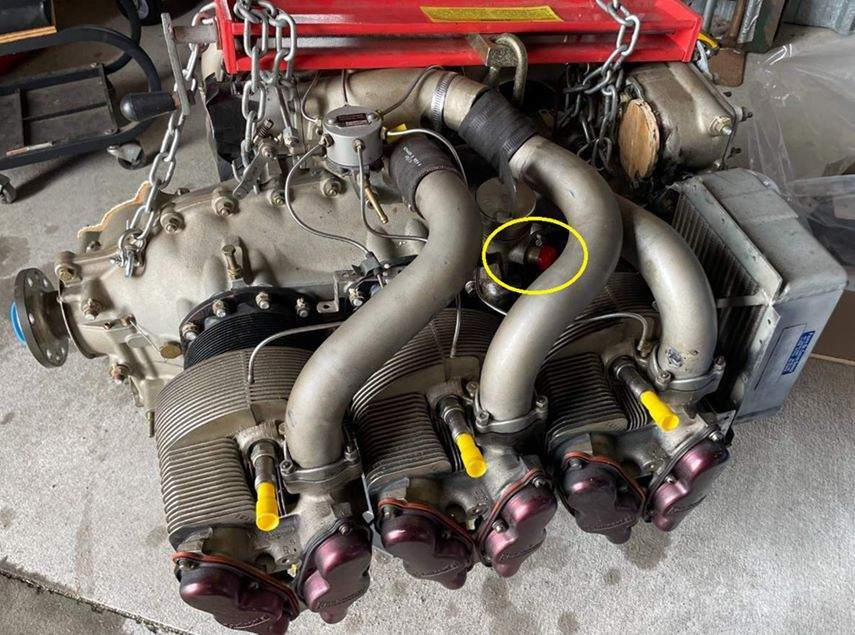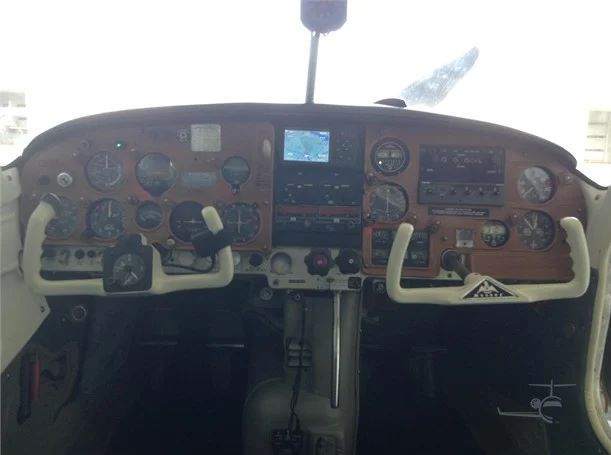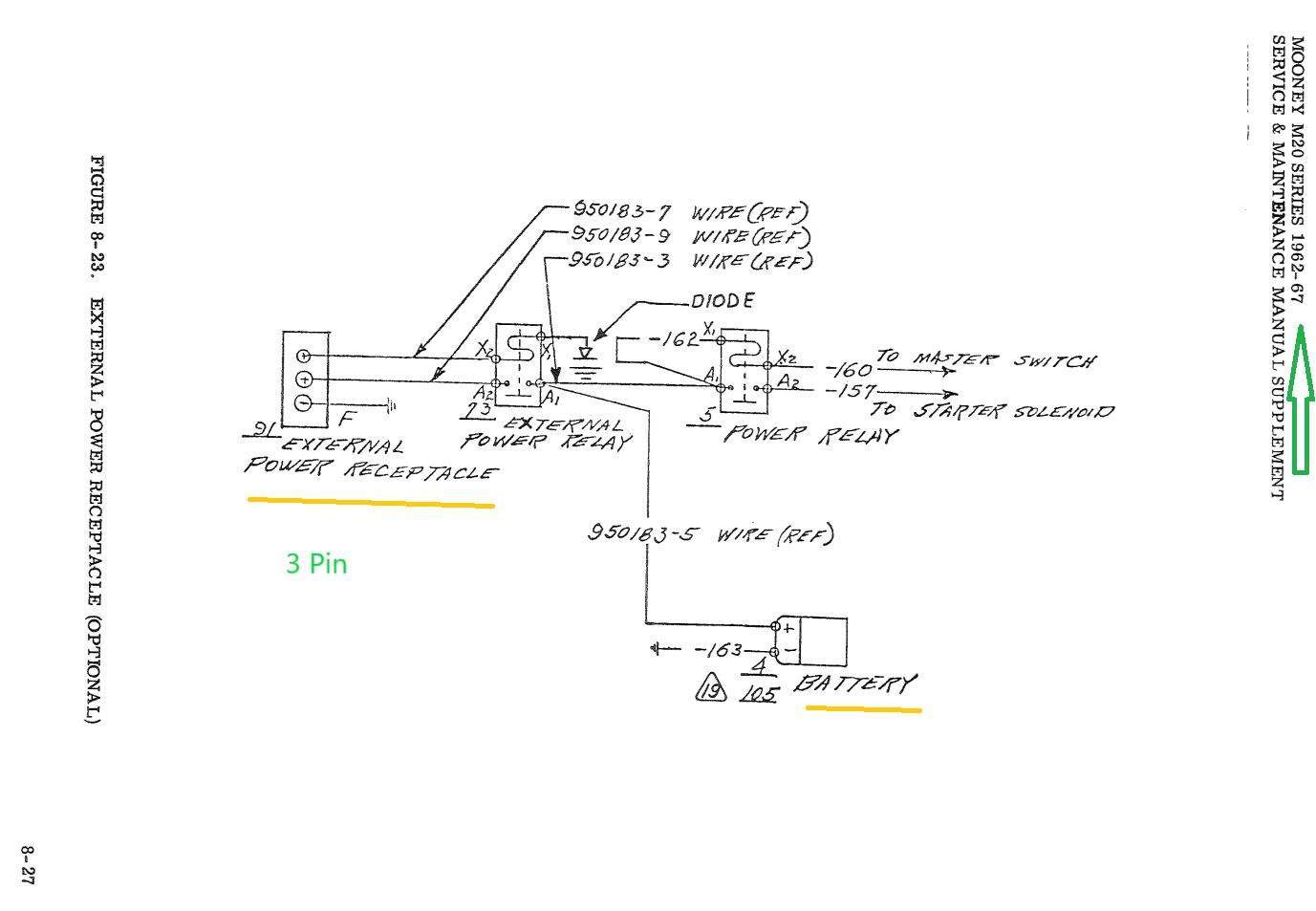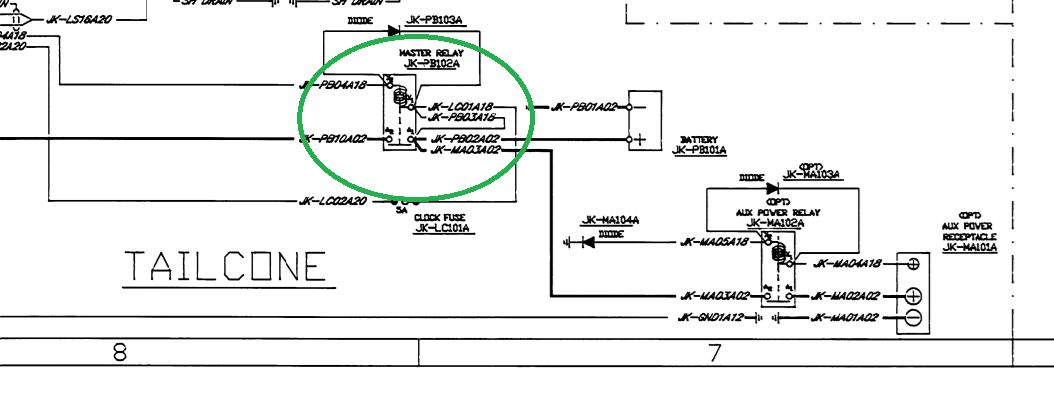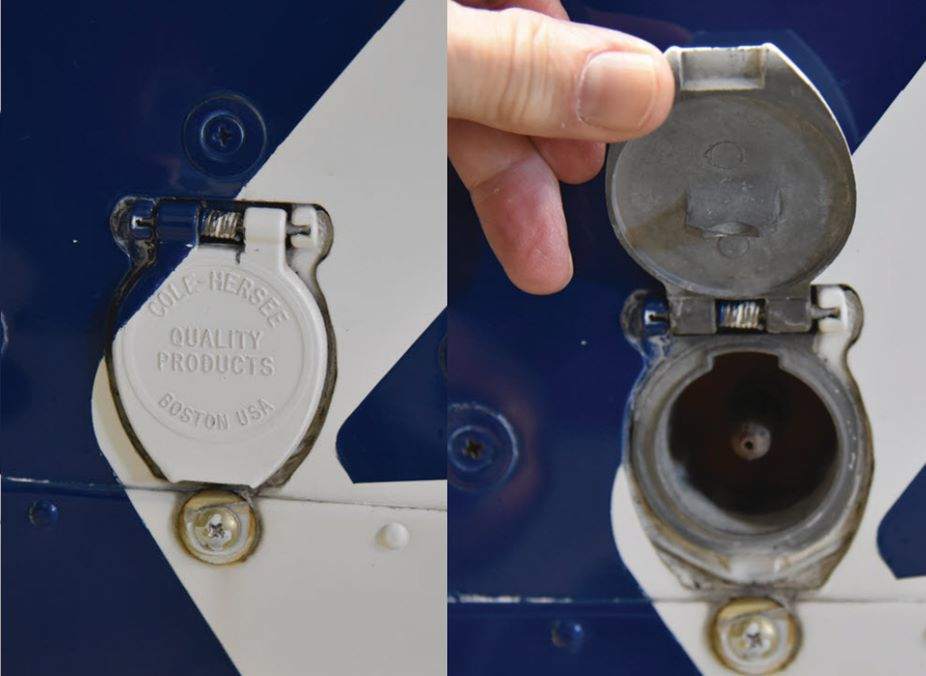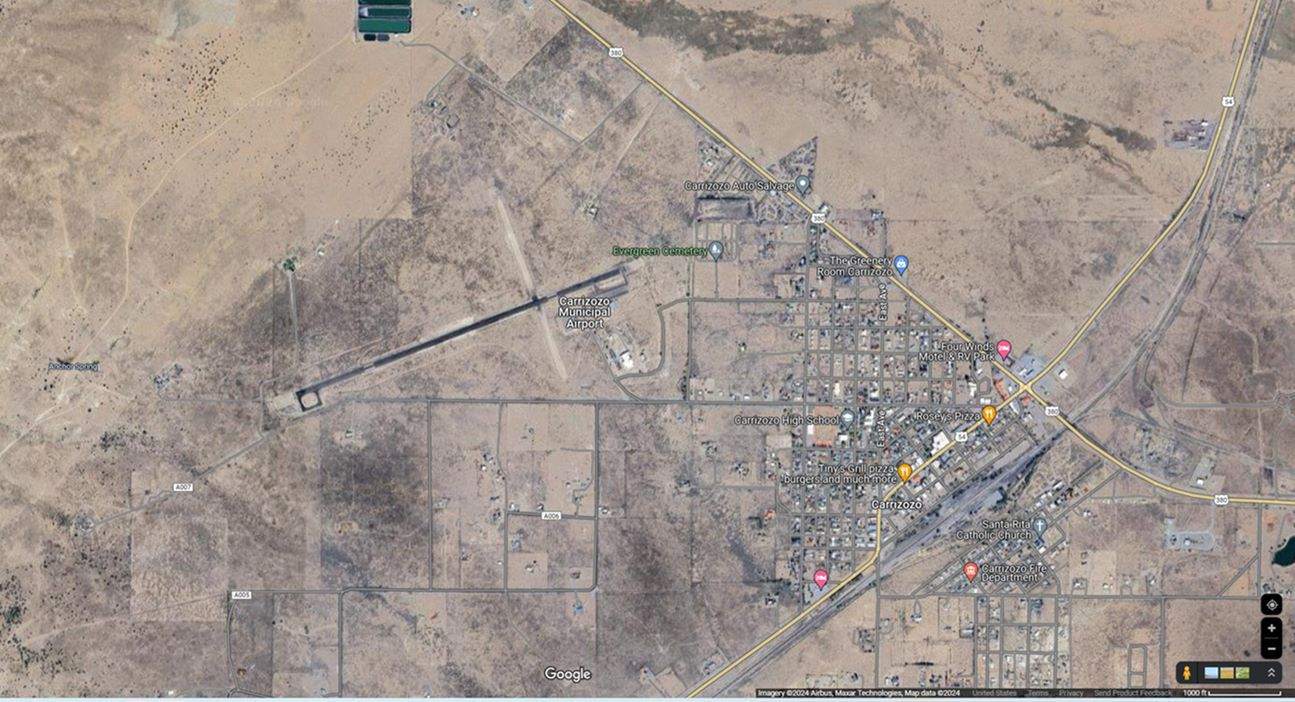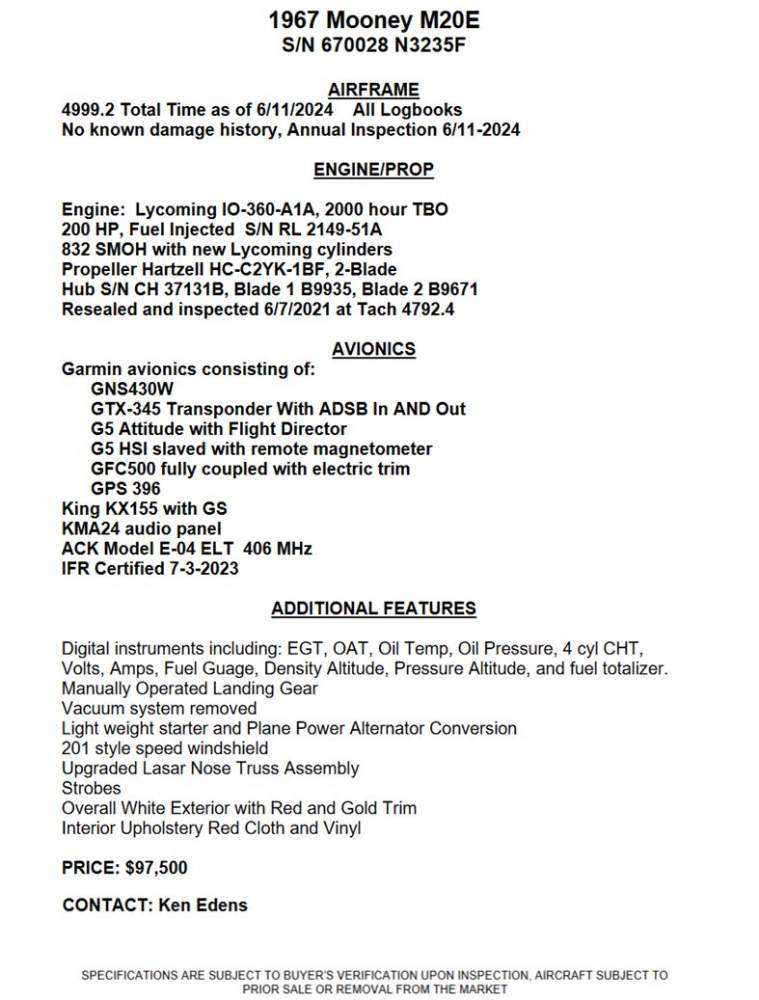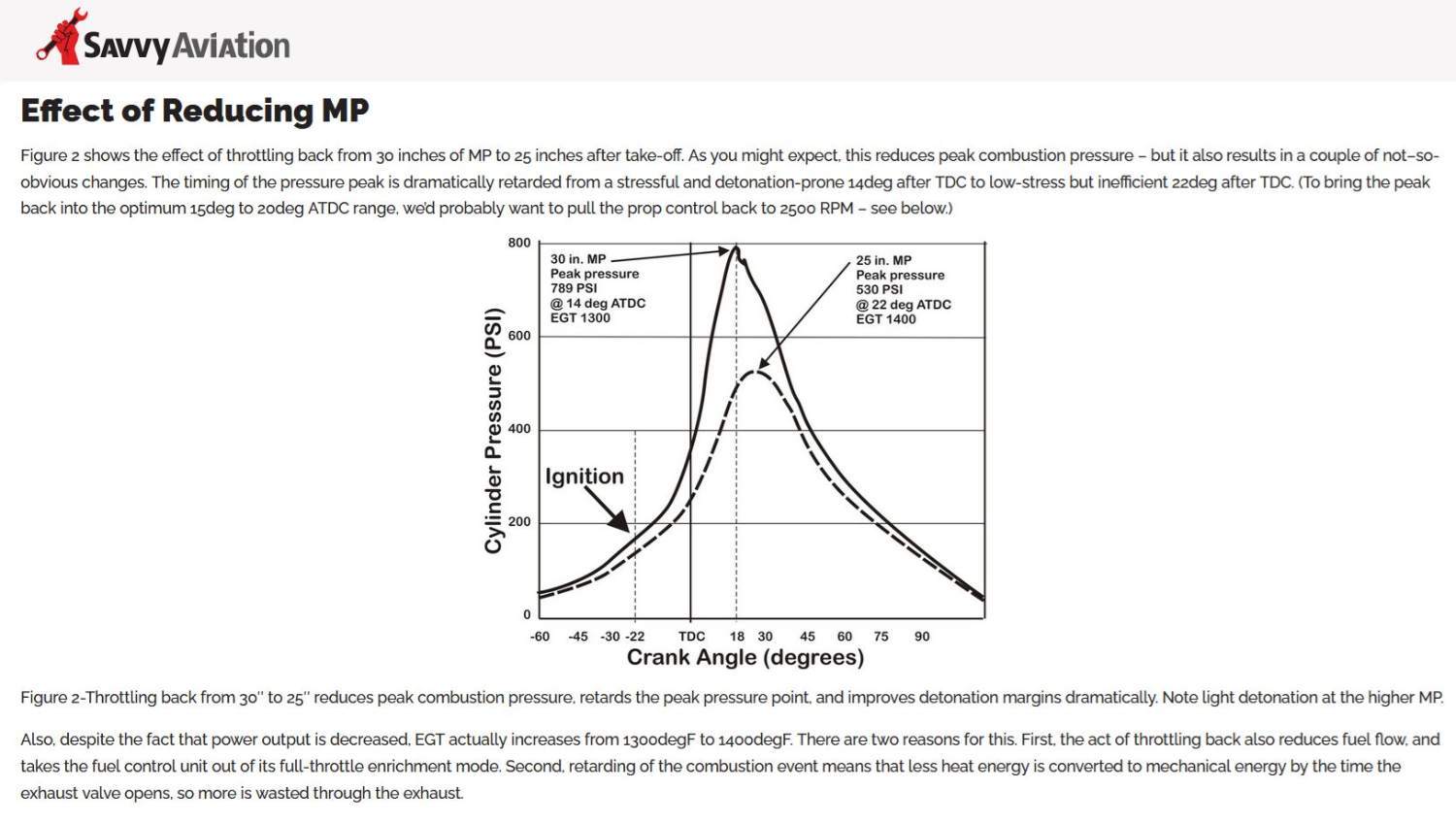
1980Mooney
Basic Member-
Posts
3,170 -
Joined
-
Last visited
-
Days Won
4
Content Type
Profiles
Forums
Blogs
Gallery
Downloads
Media Demo
Events
Everything posted by 1980Mooney
-
Unless there is a class action lawsuit, I believe that you are liable to your mechanic to pay for all those expenses. And you remain liable for all the fixed costs while your plane sits idle on jack stands. Did they send you a prepaid mailer or did you incur the cost of shipping it back to them?
-
This guy is an embarrassment to Mooney pilots.
1980Mooney replied to Brandt's topic in Mooney Safety & Accident Discussion
No idea. It does not show up in the NTSB database or the FAA Incidents (ASIAS). -
Right. There is a vent on the filler neck (yellow circle on IO-550G below) . The orange hose on that vent is connected to the vent that you see coming out the left side bottom of plane. If the funnel is not in the filler tube past the vent hole and you pour oil too fast, it will burp back through the vent (path of least resistance). I have an IO-550A with a taller filler neck and it happens.
-
This guy is an embarrassment to Mooney pilots.
1980Mooney replied to Brandt's topic in Mooney Safety & Accident Discussion
This discussion has been skewed by the title. There is no doubt that the pilot made mistakes. Some felt bad for the pilot. Others condemned him as an unqualified VFR pilot that sullied the reputation of Mooney owner/pilots who incredulously believe this could never happen to them. But a lot of incorrect assumptions have been made by many making comments. First of all this happened back in December 2015. https://www.natca.org/2016/03/14/jeffrey-schuler-new-york-tracon/ The owner/pilot was Instrument Rated. He joined MooneySpace and actively posted from 2013-2016. His MS name was "garysuperpilot" At the time of the incident the owner/pilot was 62 yrs old He got his Instrument ticket in 2007 From 2001-2004 he owned a Cessna 150, N714CA From 2004-2013 he owned a Piper Cherokee 140, N9939W In 2013 he purchased his M20F, N9525M. He sold it in 2019 https://www.aircraft.com/aircraft/24911601/n9525m-1967-mooney-m20f On MS he said "..I purchased a 67f model in may for 41k. It had new paint, fresh overhaul 10smoh (was a local shop however) , new schimitar prop, and a new interior. On the minus side it had limited avionics. It only had original wing leveler, kx 155 w/ gs, mk12w/ head, dme, fuel flow totalizer, and rather old audio panel. It also had an alternate static source and backup vacuum system." "What I have done is panel mount a 396 GPS which I bought used for $500 and yoke mount an iPad mini w/fore flight. In 2014 on MS he said: " Yeah, I've been flying IFR for eight years and still don't "enjoy" a minimum approach all that much. I remember being told to set minimums your comfortable with. I don't feel as indestructible as I did 40 years ago and try not to take chances I don't need to. Flying needs to stay something I love to do and not something I have to do." And in 2015 on MS he said: "(yoke mount) +1 ipad mini. w/foreflight standard ipad blocks too much" So on the day of the incident, he may or may not have been current. He may or may not have checked any weather before departing - apparently not in sufficient detail. Obviously he was not proficient that day. He did not do his VOR checks before takeoff based on his comments about VORs. But he kept his cool while in the clag as @Joshua Blackh4t noted. He never sounded panicked. He hand flew the plane on the VOR approach and landed. This was "way back in 2015" and he did not have a fancy integrated panel and autopilot like so many are dependent upon today. As @C.J. noted this is not Mooney specific. I wonder how many current Mooney owner/pilots, with fancy integrated panels and autopilots, could hand fly if they lost GPS or their panel. How many can even still fly a VOR approach? How many still even have VORs in their plane? Think about the next 5-10 years as pilots become more and more dependent upon more and more capable integrated avionics. I see so many accidents where the pilots depend upon the autopilot but lack proficiency to hand fly when it fails. This may have happened to the ATR in Brazil. It also appears to be the case with the recent Pilatus crash in Wyoming - they told ATC the autopilot failed before they lost control. -
I am not sure where you are getting that notion. Cirrus sales of SEP are more than double Textron. In 2023: Cirrus sold 612 SEP Textron sold 292 SEP (180 of the total was low-end 172’s almost exclusively for training/flight schools. Only 5 Bonanza’s were sold) https://gama.aero/facts-and-statistics/quarterly-shipments-and-billings/
-
These numbers are bunk. A SR22T is supposedly 10 kn slower than a SR22 through 14,000 feet? - total crap. And an Ovation is 13-15 kn slower than an Acclaim at 6,000 ft, while both airplanes are the same weight, same airfoil, same fuselage, and each plane's engines are at 65% cruise power, “best performance" meaning both are ROP either at 201 HP (65% of 310) or both are at 182 HP (65% of 280)- ?? Complete Crap. Aviation Consumer should be ashamed.
-
These anecdotes referencing "Cirrus engines" having different life are rather fanciful. As if the Cirrus is running some radically different engine. They are all Continental 550's of one form or another. CIrrus, Mooney, TTX - Their 6 cylinder engines are all siblings from the same Continental stable - some identical twins, some fraternal twins. Continental has experienced a number of manufacturing problems over the last 20 years and a number of recalls. I think it has less to do with the airframe manufacturer or pilot and more to do with the engine manufacturer as @philiplane highlights. One thing in Mooney's favor was that they originally de-rated the 550, limited RPM to 2,500 and HP to 280. That may extend the life some but many converted to the 310 HP upgrade and 2,700 RPM so it is probably moot. But the main reason why it seems that there are more Cirrus SR22 and SR22T with engine issues, is because there are so many, many more Cirrus flying with Continental 550's. For all we know, the actual life of a Continental 550 in a Cirrus may be statistically equal or even better than other airframes when evaluated as a function of the entire flying fleet. Source: GAMA Deliveries The numbers speak for themselves. That is why there is support and availability for Cirrus. It is also why it is hard to get Mooney to pay a third party supplier to manufacture a proprietary part - the population is too small. Also highlights why there is limited financial incentive for Mooney or Garmin to develop G1000 upgrades.
-
Pre-J Mooney Jump Start Procedure
1980Mooney replied to Mooney-Shiner's topic in Vintage Mooneys (pre-J models)
OK here it is for your 1967. You can find all the electrical schematics in the back of the Service Manuals which you will find in the "Downloads" Section of MS - just click on "Browse". Notice that they connected the hot + lead from the battery to the lug on the Aux/External Power Relay (Solenoid) instead of to the Power Relay like on later models. When the Aux/External Power Relay is energized (that is when the 3 pin connector plugged in and attached to a 12 v. power cart or car) then both the main ship battery and external power source are connected in parallel. -
Pre-J Mooney Jump Start Procedure
1980Mooney replied to Mooney-Shiner's topic in Vintage Mooneys (pre-J models)
Note that it was an "Option" as shown in the drawing for E and F models. It was also an option for C and G using exactly the same schematic. -
Pre-J Mooney Jump Start Procedure
1980Mooney replied to Mooney-Shiner's topic in Vintage Mooneys (pre-J models)
-
Pre-J Mooney Jump Start Procedure
1980Mooney replied to Mooney-Shiner's topic in Vintage Mooneys (pre-J models)
That may be true on some Mooneys - maybe the later ones with multiple batteries. But on the M20J, the plane's battery and aux cable which is connected to the power cart/car engine are wired together in parallel when the Aux contactor closes. There is no bypass of the main ships battery ever. M20J Ser. No 237 M20J Ser. No 1256 -
Pre-J Mooney Jump Start Procedure
1980Mooney replied to Mooney-Shiner's topic in Vintage Mooneys (pre-J models)
Following @N204TA highlight of Piper 1 pin vs Cessna/Mooney 3 pin external power adapters: Are you saying that your Mooney has a Piper style single pin receptacle mounted either internally or with a weather proof external door? (Like pic below?) If so it was not installed by Mooney at the factory and it is not the the Mooney Retrofit External Power Receptacle 940115-503 "Installs external power receptacle M20E,F,J,K". Mooney used the Cessna style 3 pin external power adapter. (see below). If you actually have a Piper single pin connector then check your logs to see who/when it was installed. PIPER STYLE ONE (1) PIN CESSNA OR MOONEY THREE (3) PIN ADAPTER -
Well it took 50 seconds to drop the initial 1,000 ft from 17,000 to 16,000. After that it was dropping at about 11,500 - 12,000 fpm. Elevation at the crash site, Vinhedo, is about 2,500 ft. So the final descent from 16,000 took about 1 minute and 10 seconds. I am sure it was terrifying. The Juan Browne YouTube above at 3:20 shows video of the descent from 5 different viewpoints. It is amazing that so many people were looking up tracking it in the sky and had time to video it. I suspect Doppler effect caused the screaming prop noise to fluctuate as it spun 360 degrees and caused to people look up.
-
M20F crash Carrizozo NM 8/2/24
1980Mooney replied to Mooney in Oz's topic in Mooney Safety & Accident Discussion
The plane left Mississippi June 9 and stopped near Las Cruces, New Mexico for a few days and then Sedona, Arizona. Looks like he was on the way back when he landed at Carizzozo on July 21. He was there over a week and a half. There is nothing to do in Carrizozo for that long unless you are going hiking/backpacking in the nearby Lincoln National Forest. I wonder if his plane broke down. You may have noticed that the owner got his Commercial ticket in 6/2022 with Glider privileges. And he had an Instructor MEI rating 8/2021 that expired 8/2023. Interestingly the FAA shows his last Medical was 5/2015 with no BasicMed. He bought the Mooney in July 2021. Knowing about density altitude, leaning and wind should not be a big challenge for a Glider rated MEI if he was flying. -
Do you mean this? Some cut a hole - read on.
-
M20F crash Carrizozo NM 8/2/24
1980Mooney replied to Mooney in Oz's topic in Mooney Safety & Accident Discussion
Except that you’re using an altimeter setting/barometric pressure (26.48) that is lower than has ever been recorded anywhere on earth. I used Standard. The Prelim report says that at Ruidoso/Sierra Blanca it was 30.5 at the time which means the actual density altitude might’ve even been another 5 to 600 feet lower and closer to 8300 feet. The barometric pressure reading at Roswell must’ve been an error. Hey it’s New Mexico – things don’t always work right. Garbage in gives you garbage out. “The lowest barometric pressure ever recorded in the continental United States (CONUS) for a non-tropical system at sea level is 28.20 inHg (955.0 millibars), which occurred twice in US history:” -
Great well equipped Arkansas M20E Up for sale
1980Mooney replied to Echo's topic in Vintage Mooneys (pre-J models)
Perhaps the hype of the "benefits of GA" that drew some new potential owners has worn off with our segment of the GA market. I think that there are basically 2 GA markets. One in which money is no object. A new $ million plane is no problem. And a plane with more comfort options like air conditioning. This is a market where the owner/pilot is not likely going to get his hands dirty (if he can help it). Everything is under warranty. And if not under warranty then "Someone else" is going to fix and care for it. It will always be hangared. Someone else is going to pull it in and out of the hangar. It will always be ready to go. The other is one which survives on a much smaller budget. It comprises the majority of the market which is made up of 20- 60 year old planes. It is more hands on - with the extreme being home built and virtually all hands on. Something is always breaking or wearing out. Parts availability, depending on make/model can be questionable or if available they are still a long expensive wait. Repair of our old planes are not like going to AutoZone and getting a standardized part to plug in. As time goes on our old planes become more bespoke - look all the topics on mix/match interiors, rare to find two pre 2005 planes with the same panel, tons of modifications - firewall forward changes, fuselage speed mods, changes to landing gear, etc. And there are the topics on the plane being AOG. In summer the planes are generally uncomfortably hot until up high. Let's face it, the second market segment has a following but it is not for everyone. It doesn't take too many scrubbed trips because the battery is dead due to a bum baggage light switch, the wings are leaking fuel, etc or bouncing flights in turbulence or even long holds for release on a sweltering day to sour a family on the "benefits of GA." And then the bills come in - sometimes unexpected for the $14K fuel tank reseal or the $50K overhaul or the $15K new Eaton landing gear actuator..... -
M20F crash Carrizozo NM 8/2/24
1980Mooney replied to Mooney in Oz's topic in Mooney Safety & Accident Discussion
Not sure where this is coming from. The accident happened in Carrizozo, New Mexico at the Municipal Airport, F37. Field elevation is 5,373 ft. The weather in the prelim report is from 22 naut. miles away at Rudioso Airport (Sierra Blanca KSRR) which is at a higher elevation, 6,810 ft. Like a lot of New Mexico, desolate Carrizozo (population 973) is in the middle of nowhere. There is no online weather from Carrizozo - look closely, they all report outside Ruidoso at KSRR - even the National Weather Service and ForeFlight. There is no METAR from F37. Since it happened at about 1 PM, it was probably about 90-95 degrees F and like most of New Mexico dry as hell with low dew point. I would estimate that density altitude was about 8,800 ft. Winds at Carrizozo that day? Who knows - the reporting at KSRR, located on a mountain valley north east of Ruidoso, is separated from Carrizozo by the Sierra Blanca Mountains, 11,981 ft. It is questionable if the wind conditions at KSRR were anything like Carrizozo at that time. The area around Carrizozo Airport is barren and flat - It is not like Sierra Blanca (Ruidoso) KSRR which is more rugged surrounded by drop offs and valleys- and more prone to shifting wind drafts. This might be a case of a Mississippi based flatlander getting messed up by density altitude. However 2 weeks before he had flown in and out of Sedona without incident. - granted not in the middle of the hot afternoon. -
Great well equipped Arkansas M20E Up for sale
1980Mooney replied to Echo's topic in Vintage Mooneys (pre-J models)
Same plane was for sale on Barnstormers a bit over a month ago for $10K more. Apparently no takers. Something wrong with it? Maybe the market is turning.... https://barnstormers.s3.amazonaws.com/media/docs/doc_SPECIFICATION_1916789_1719724910.pdf https://www.trade-a-plane.com/search?category_level1=Single+Engine+Piston&make=MOONEY&model=M20E&listing_id=2433570&s-type=aircraft -
GAMI presentation from OSH '24
1980Mooney replied to 0TreeLemur's topic in Miscellaneous Aviation Talk
This is probably the most overlooked factor when anyone tries to compare an air cooled aircraft engine to a liquid cooled solid block automobile street engine. Rarely would your old Ford 302 be running WOT -it might be measured in mere seconds - hardly even for one minute for an automobile. Maybe in a truck application, usually derated, it might run WOT for longer periods. But our aircraft engines run WOT for hours on end. Why does that matter? Manifold pressure. A car cruising at 60 mph on a level road, no wind, might have the throttle open 1/3 or about 30-35 degrees. Engine vacuum might be 16-18 inches HG which is about 12 - 14 inches HG Manifold Pressure in our aviation lingo at SL (that is only 6-7 psi). A Lycoming IO-360 at SL WOT might be 26 inches HG Manifold Pressure at 2,500 RPM dropping to 18 inches at 10,000 ft. (that is about 13 psi at SL and 9 psi at 10,000). If the pressure is double, then the air density (number of molecules is double) and since the air/fuel ratio is in a narrow range, the number of hydrocarbon molecules is double burning with double the energy. So with the same or similar Compression Ratio to the Ford 302, the Peak dynamic cylinder pressure of our aviation engines are much much higher than typical car engines - double at SL. Yes the manifold pressure drops on a NA engine as altitude rises but even at 10,000 ft cruise we still have more peak cylinder pressure than a car cruising a level freeway at SL. - probably 30-50% more. More cylinder pressure. See the Savvy graph below. A 20% increase in manifold pressure resulting in a 49% increase in measured peak cylinder pressure. The TN engines that are at 30 inches HG all the time or turbocharged with over boost hitting 40 inches. Yes they have slightly lower static Compression Ratios in order to manage peak cylinder pressure but the turbocharged engines with 1/3 greater boost will hit the highest pressure of all. In addition to higher pressure, the air cooled engine has more hot spots - a solid liquid cooled block has better and more stable heat transfer. As @Shadrach and @A64Pilot said other variables that affect this are ignition timing, valve timing, mixture. This is a good read - https://www.savvyaviation.com/controlling-the-combustion-event/ -
I am not sure how familiar you are with Mooney Service Centers (MSC). Don Maxwell, located 190 nm away in Longview, TX, is premier. You probably saw that he hosts the annual MooneyMax. Maxwell is also qualified and will undertake major airframe repair that others cannot handle. https://www.donmaxwell.com/ I don't know where you are located and that may seem like a long distance to your or the Seller, but if you get a Pre-Buy from Maxwell there will be little unknown to debate regarding condition of the plane.
-
Other direction towards the northeast part of Arkansas.
-
-
Maxwell in Longview is a heck of a lot closer…
-
That is after getting about $30K for your old engine. If you have no core then the cost of a new Lycoming IO-360 is $129,000 - But none are in stock so you will likely pay more when/if you can find one. That is why the DeltaHawk is looking competitive for OEM new sales in currently manufactured airframes. Hence no interest in Mooney applications. When considering it as an engine swap on a legacy aircraft, it is competing with Overhauled and Rebuilt engines at much, much lower cost. The economics don't work. And don't forget all the extra cost for new engine mount frame, new cowling, new prop, some changes to engine instrumentation/recalibration and then you need some kind of heater modification. Costs which you would not have with an overhauled Lycoming (maybe some over haul cost for prop and repaint for engine mount frame but no cost related to the cowl or instrumentation or heater). I bet those things easily add another $30,000 on top of the engine - probably more. Hence no interest in Mooney applications.


